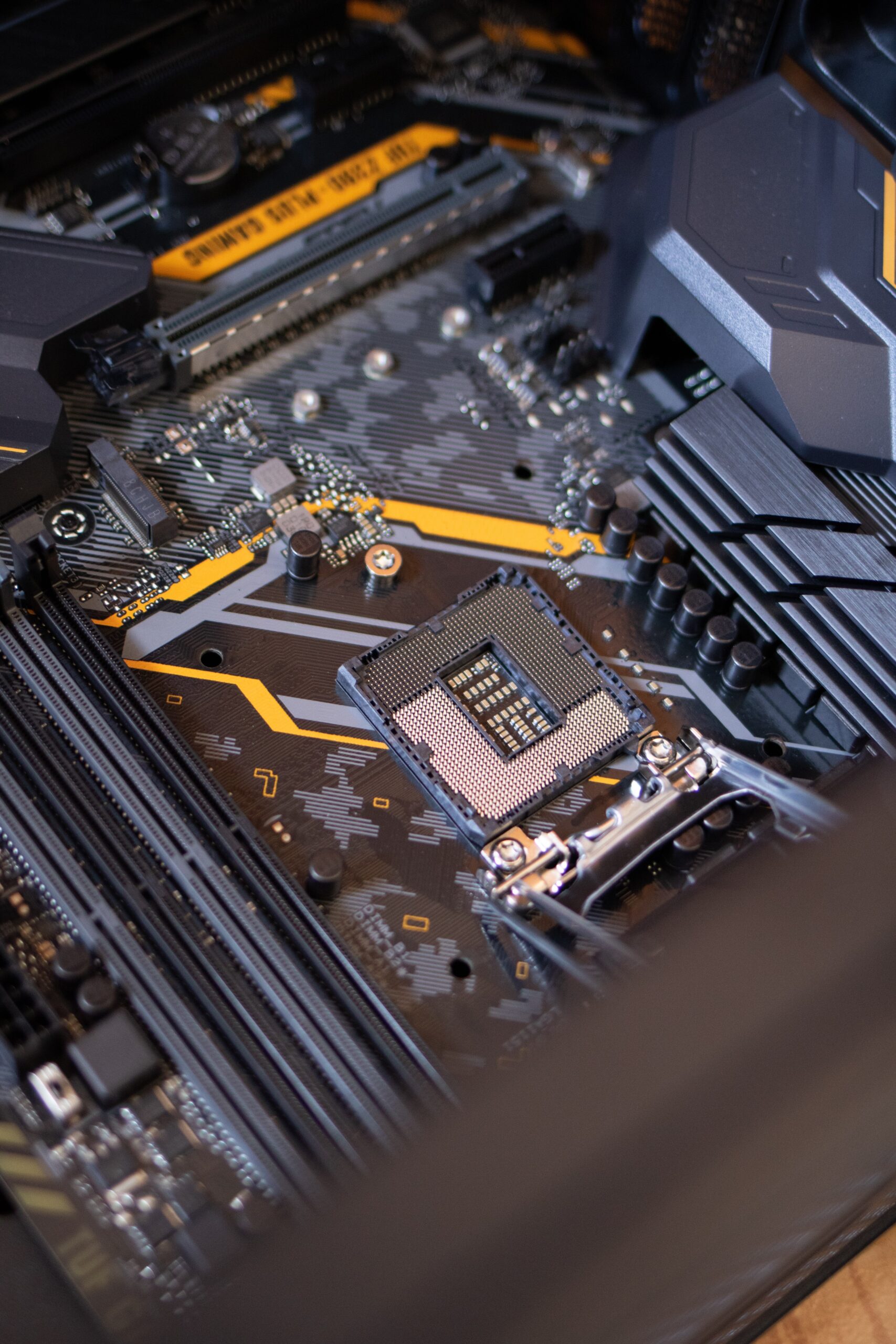Mastering the Art of Screenshotting on Windows: A Comprehensive Guide
Screenshots are an essential tool for capturing and sharing information on your Windows computer. Whether you want to preserve a funny conversation, capture a noteworthy moment, or document an important error message, knowing how to take a screenshot is an invaluable skill. In this blog post, we will explore various methods to capture screenshots on Windows, from basic shortcuts to advanced techniques, ensuring that you become a screenshotting pro in no time
In today’s digital age, screenshots have become an indispensable means of capturing and sharing information. From quick snapshots to detailed screen recordings, the ability to take screenshots efficiently is crucial for both personal and professional purposes. In this blog post, we will delve into the world of screenshotting on Windows and equip you with the knowledge and tools to master this essential skill.
Basic Screenshot Shortcuts:
Windows offers simple keyboard shortcuts to capture screenshots quickly. Here are some of the most commonly used ones:
Full Screen: Press the “PrtScn” or “Print Screen” key to capture the entire screen. The screenshot is automatically saved to your clipboard.
Active Window: Use the combination of “Alt” + “PrtScn” to capture only the active window. Again, the screenshot is saved to the clipboard.
Snipping Tool: Windows also provides a built-in application called the Snipping Tool, which allows you to capture screenshots of selected areas, active windows, or the entire screen. Simply search for “Snipping Tool” in the Start menu and launch the application.
Snip & Sketch:
If you’re using Windows 10 or later, you have access to an upgraded version of the Snipping Tool called “Snip & Sketch.” This tool offers more advanced features and a user-friendly interface. To access Snip & Sketch, press the “Windows” key + “Shift” + “S” to capture a screenshot. A snipping toolbar will appear, allowing you to capture specific areas or full screens.
Windows Key + Print Screen:
Windows 8 and later versions introduced a convenient shortcut to capture screenshots directly to a designated folder. By pressing the “Windows” key + “PrtScn” simultaneously, your screen will momentarily dim, indicating that the screenshot has been taken and saved in the “Screenshots” folder within your “Pictures” directory.
Third-Party Screenshotting Tools:
Beyond the built-in options, numerous third-party applications offer advanced features and customization options for capturing screenshots on Windows. Some popular choices include Lightshot, Greenshot, and Snagit. These tools often provide additional functionalities like image editing, annotation, and instant sharing, making them ideal for professional use or more complex screenshotting requirements.












